A pregnant silence, a peaty belch from the tuba, and the scrape of brass on brass as gears lock into position and judder forward. It’s almost worth making a bingo card for a Harrison Birtwistle première these days, and I’m not complaining. His last big orchestral work, Deep Time, showed worrying signs of him mellowing into some sort of late period. Not here though, he isn’t. Grinding brass cogwheels? Tick. Sudden stillnesses, punctuated by deadpan creakings and poppings? Tick. Primal screeches from the woodwinds, jarring against chords of millstone grit? House!
Birtwistle’s new fanfare achieves a lot in just three minutes, and it’s a handsome gift to Sir Simon Rattle, who was batting for Birtwistle’s music when that was still quite a courageous thing to do. (The title, Donum Simoni MMXVIII, looks like a joke at the expense of Birtwistle’s one-time fondness for po-faced Latin titles.) Today, a Birtwistle première is a status symbol, reserved for the world’s elite ensembles. After discreet enquiries about a possible Birtwistle commission a few years back, it was made politely but unambiguously clear to me that if you have to ask his fee, you can’t afford it. Donum Simoni MMXVIII was co-commissioned by the LSO and the Barbican Centre, an indicator of a desire to share either the prestige or the cash value of even 180 seconds of premium Birtwistle in the fantasyland marketplace of contemporary classical music.
Still, it made a classy bonnet ornament for the first concert of Rattle’s new season with the LSO. It’s increasingly evident that Rattle’s career is following symphonic form, with his LSO period as the recapitulation. This concert paid homage to old friends: the double trumpet concerto Dispelling the Fears by Mark-Anthony Turnage (whose Birmingham residency under Rattle effectively launched his career as an orchestral composer) and, more surprisingly, Rattle’s Birmingham predecessor Sir Adrian Boult, who in the last years of his life (as Rattle explained) urged him to conduct Holst’s tone poem Egdon Heath. ‘It’s incredibly difficult to play and when you do, no one likes it’ said Boult, apparently.
The Barbican audience seemed to agree. Egdon Heath is an uningratiating piece that reveals its character slowly. Rattle’s interpretation, which found a warm, vulnerable humanity (thanks largely to the LSO’s wind section) amid deep veils of string mist and the brass section’s haunted slow marches, was beautiful without quite achieving the lived-in coherence that Sir Adrian might have brought. Still, give Rattle time. He’s only 63. Who else could draw a full house for such an unfashionable masterpiece — even with the promise of Britten’s Spring Symphony after the interval?
The soloists for the Britten were Alice Coote, Elizabeth Watts and Allan Clayton, and with Simon Halsey’s LSO chorus now equalling his Birmingham choir for clarity, precision and expressive range, it was a real celebration. Rattle kept it spacious, as well as sprightly. Clayton and Watts went at their ‘cuckoos’ and ‘jug jugs’ with heroically straight faces and, while the final orgy practically foamed with sap (Britten’s cow horn bellowed out from the circle), the earlier sections were punctuated by moments of intense sensitivity — not just to Britten’s grab-bag of texts (everything from Auden to The Knight of the Burning Pestle), but to his orchestral colours too. The chorus warmed its chords from within and merged its timbre with the shimmer of the vibraphone.
Of course, this being the Barbican, it barely fitted on stage, and the children’s chorus had to straggle out into the auditorium. The Spring Symphony isn’t even all that large, but until London gets a new concert hall that meets modern standards, the most internationally significant conductor the UK has ever produced will have to keep working in conditions akin to a school concert.
At the Southbank, Nicholas Collon’s Aurora Orchestra performed H.K. Gruber’s Frankenstein!! — originally premièred by Rattle in Liverpool in 1978 before most of the Aurora players (by the look of them, anyway) were born. The idea here was to recreate the gothic atmosphere of early Romanticism. Mists swirled around the stage, musicians crept on with lanterns and Marcus Farnsworth, dressed in full Byronic fig, capered and sang his way through Gruber’s nonsense verse. Never mind that with its fluorescent scoring, toy piano and nursery-rhyme lyrics, Frankenstein!! isn’t really particularly gothic. The orchestra played it as wittily as if it was Poulenc, when they weren’t hurling crumpled up paper bags across the stage or clambering into Halloween costumes (Collon pulled a pair of red Y-fronts over his trousers).
The capacity audience roared its enjoyment, and leapt cheering to its feet after Beethoven’s Fifth Symphony, played entirely from memory. Dynamics were raw, tempos breathless, and the trombones, popping up at the back of the orchestra, rampaged through the finale like hooligans. As with previous Aurora performances from memory, I found the experience nerve-shredding, and quite right too. It’s Beethoven.
Got something to add? Join the discussion and comment below.
Get 10 issues for just $10
Subscribe to The Spectator Australia today for the next 10 magazine issues, plus full online access, for just $10.
You might disagree with half of it, but you’ll enjoy reading all of it. Try your first month for free, then just $2 a week for the remainder of your first year.

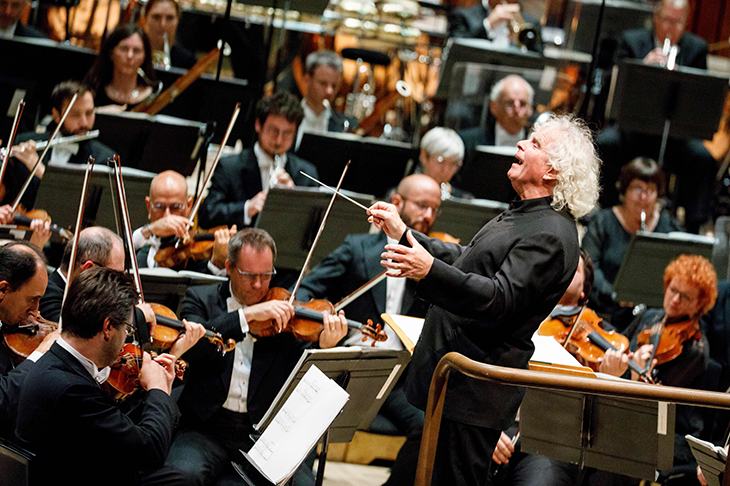
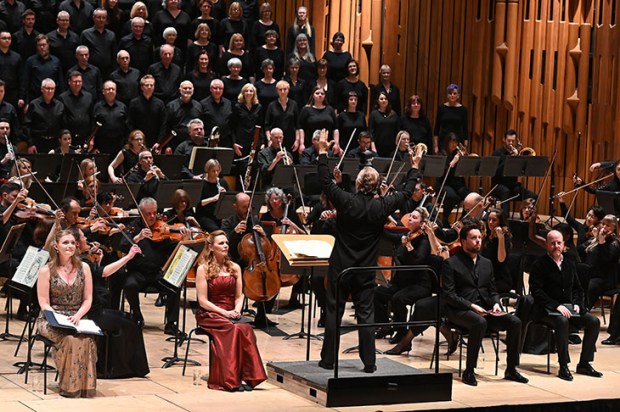
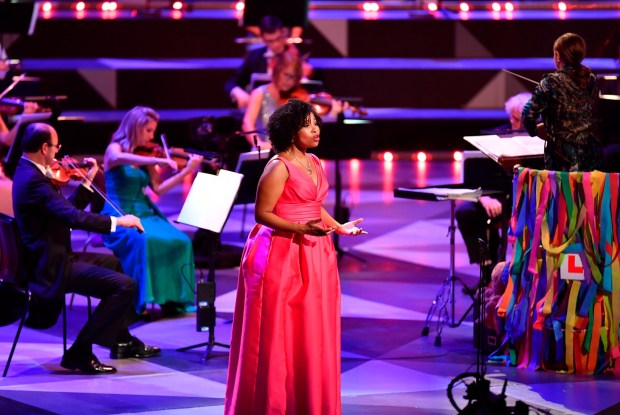
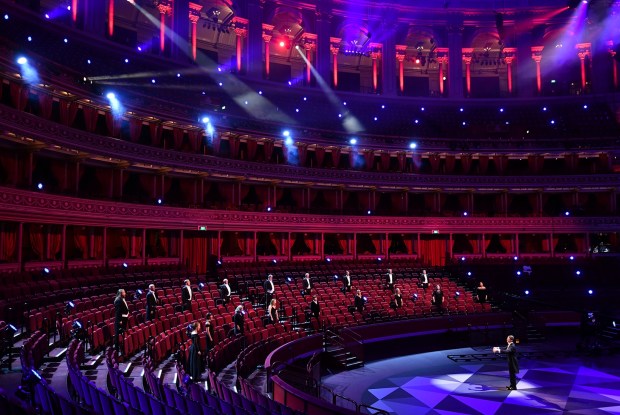
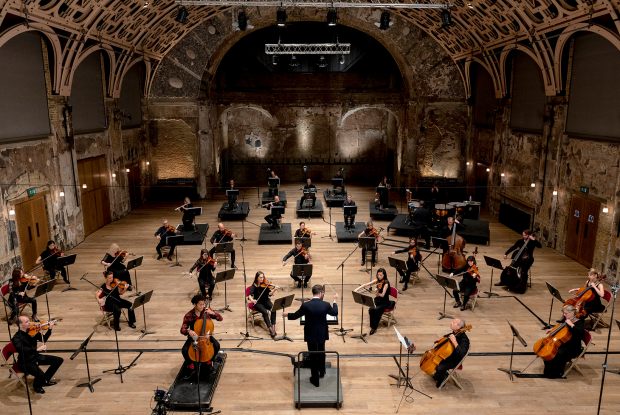
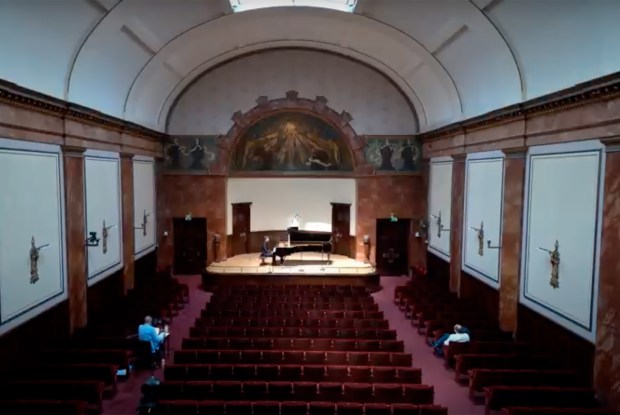
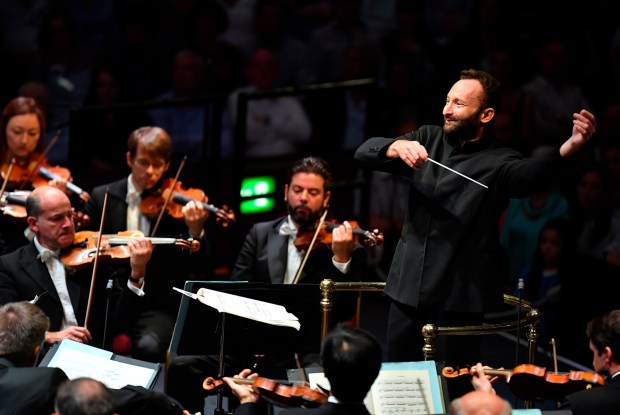






Comments
Don't miss out
Join the conversation with other Spectator Australia readers. Subscribe to leave a comment.
SUBSCRIBEAlready a subscriber? Log in